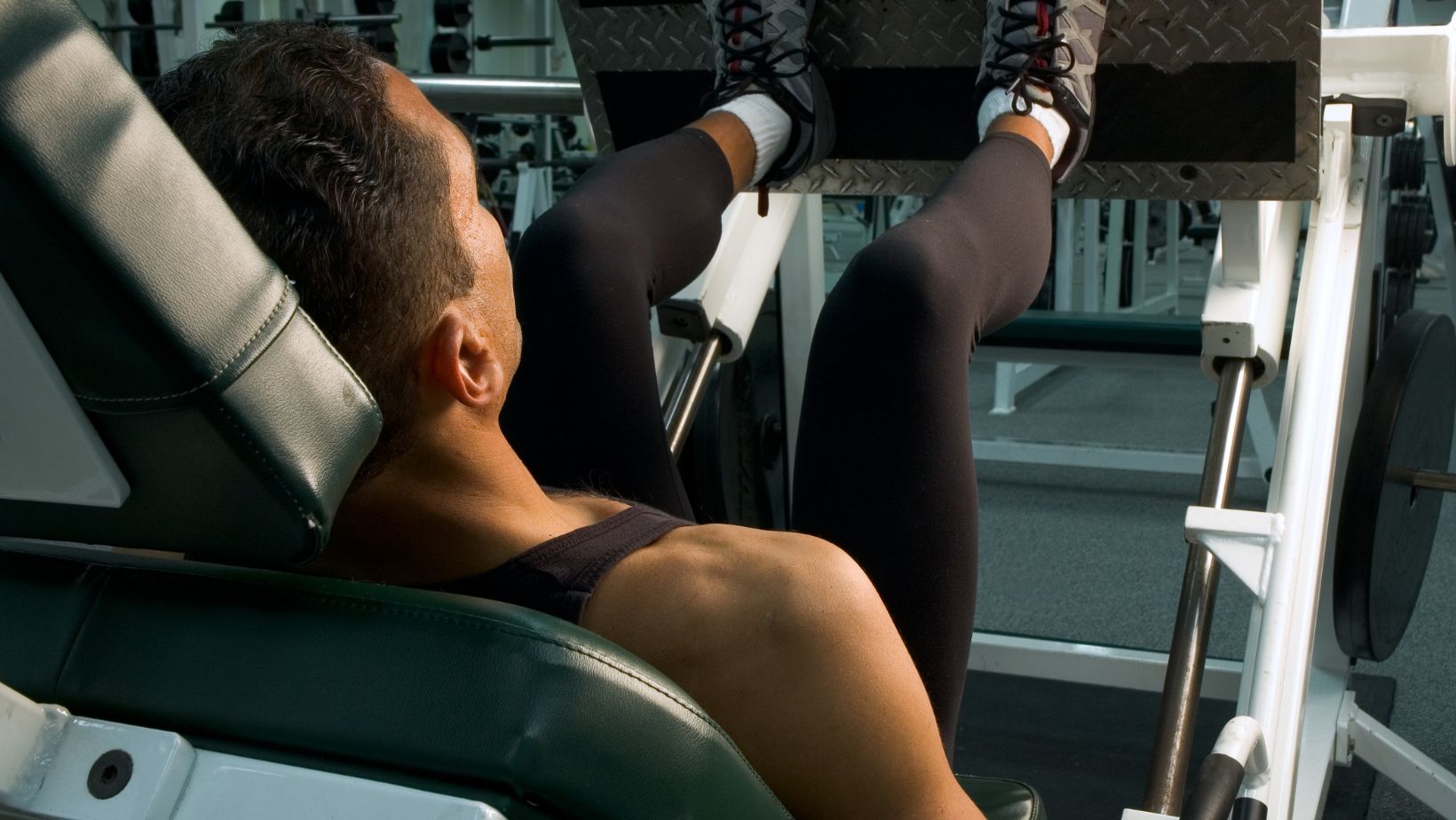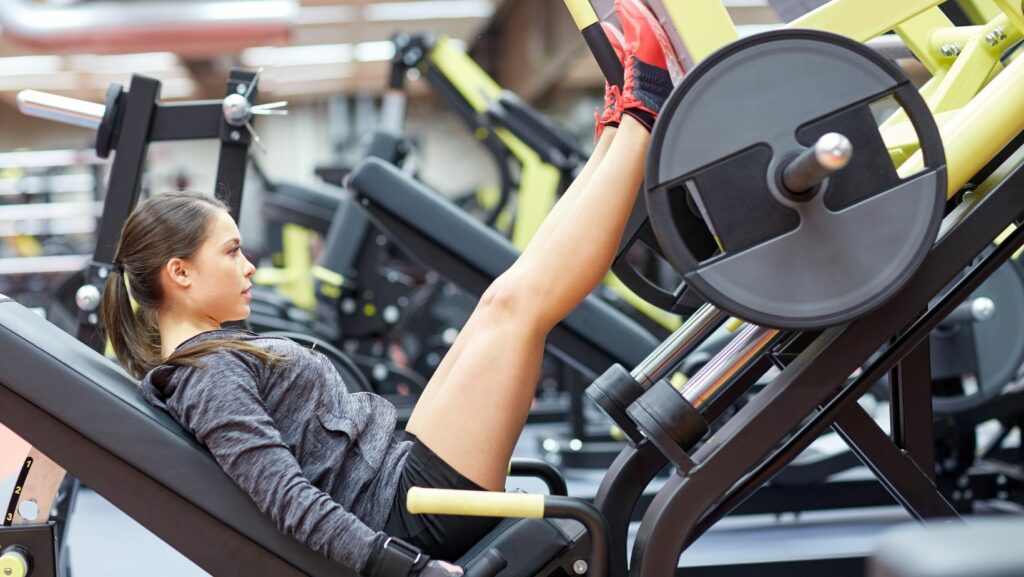How Much Weight is a Leg Press Machine Without Weights
On average, a leg press machine without weights typically weighs between 100 to 200 pounds. However, please keep in mind that this is just an estimate and the actual weight may vary. It’s always best to consult the manufacturer’s specifications or contact the gym equipment supplier for precise information about a specific model.
Table of Contents
ToggleUnderstanding The Basics of a Leg Press Machine
Types of Leg Press Machines
When it comes to leg press machines, there are various types available in fitness facilities and gyms. Here are some common variations you may come across:
- Plate-Loaded Leg Press: This type of leg press machine requires you to load weight plates onto the designated sled. The amount of weight you can add is dependent on your strength and fitness goals.
- Cable-Based Leg Press: Unlike plate-loaded machines, cable-based leg presses use a system of cables and pulleys to provide resistance. These machines often have adjustable resistance levels, allowing for a customizable workout experience.
- Selectorized Leg Press: With selectorized leg press machines, you’ll find a stack of weights that can be adjusted by inserting a pin into the desired weight increment. This makes it easier to change the resistance without manually loading or unloading plates.
Benefits of Using a Leg Press Machine
Incorporating a leg press machine into your workout routine offers several benefits:
- Targeted Muscle Development: The leg press primarily targets the muscles in your lower body, including the quadriceps, hamstrings, glutes, and calves. Regular use can help strengthen these muscle groups and improve overall lower body strength.
- Joint-Friendly Option: Compared to exercises like squats or lunges, which place significant stress on your knees and hips, using a leg press machine provides more stability and reduces the risk of injury for those with joint issues or limitations.
- Versatility in Training: Leg press machines offer versatility in terms of exercise variation and targeting specific muscle groups within the lower body. By adjusting foot placement on the sled or incorporating single-leg presses, you can shift emphasis onto different muscles.

The Importance of Knowing The Weight of a Leg Press Machine
When it comes to using a leg press machine, one crucial aspect that often goes overlooked is knowing its weight. Understanding how much a leg press machine weighs without any additional weights can provide valuable information for both gym owners and fitness enthusiasts. In this section, we’ll explore the significance of knowing the weight of a leg press machine and delve into factors that affect its weight.
Determining The Weight Capacity of a Leg Press Machine
Knowing the weight capacity of a leg press machine is essential to ensure safe and effective workouts. By understanding how much weight the machine itself can handle, you can gauge whether it aligns with your training goals and abilities. Different models have varying weight capacities, ranging from 300 pounds up to over 1,000 pounds.
Before loading on additional weights, it’s crucial to consider your own bodyweight as well. This will help determine if the combined total falls within the recommended range for optimal performance and safety. Being aware of these numbers ensures that you can make informed decisions about which leg press machine suits your needs best.
Factors That Affect The Weight of a Leg Press Machine
Several factors contribute to the overall weight of a leg press machine without any added plates or discs. These factors include:
- Frame Material: The type and quality of materials used in constructing the frame play a significant role in determining its weight.
- Design Features: Certain design elements like extra supports or attachments may add extra heft to the overall structure.
- Size and Dimensions: Larger machines tend to be heavier due to their increased size and dimensions.
- Build Quality: The craftsmanship and durability of components impact both performance and overall mass.
Understanding these influencing factors helps in comprehending why different leg press machines vary in terms of their base weights.
Conclusion
In conclusion, the weight of a leg press machine without weights can vary depending on the make and model. However, on average, a leg press machine without any added weight typically weighs around 100 to 200 pounds. It’s important to note that this is just an estimate and the actual weight may differ slightly. Overall, the weight of a leg press machine without any additional weights can range from 100 to 200 pounds, but it’s important to consider factors such as design variations, materials used, and additional features when evaluating the overall weight of a specific model.











